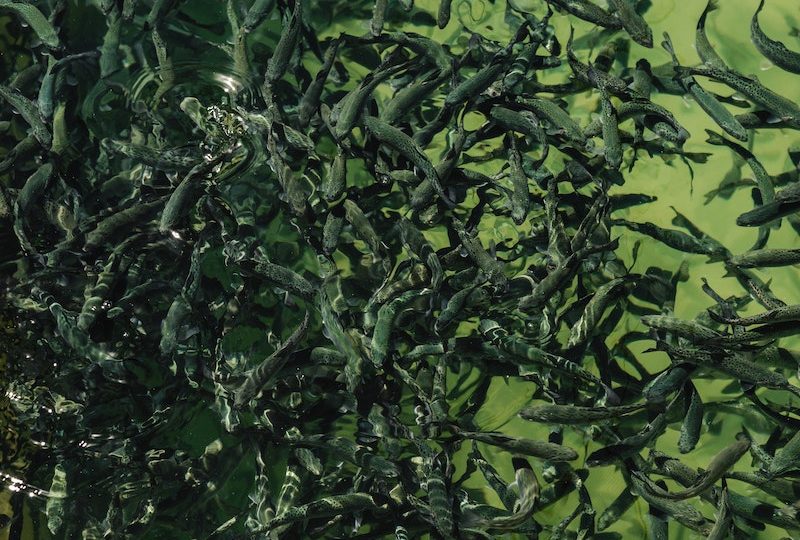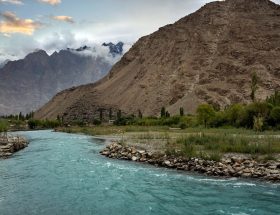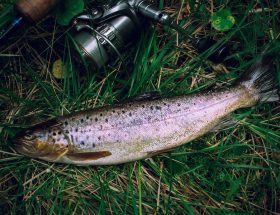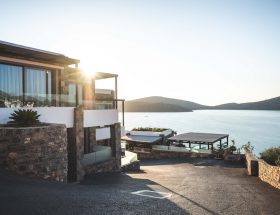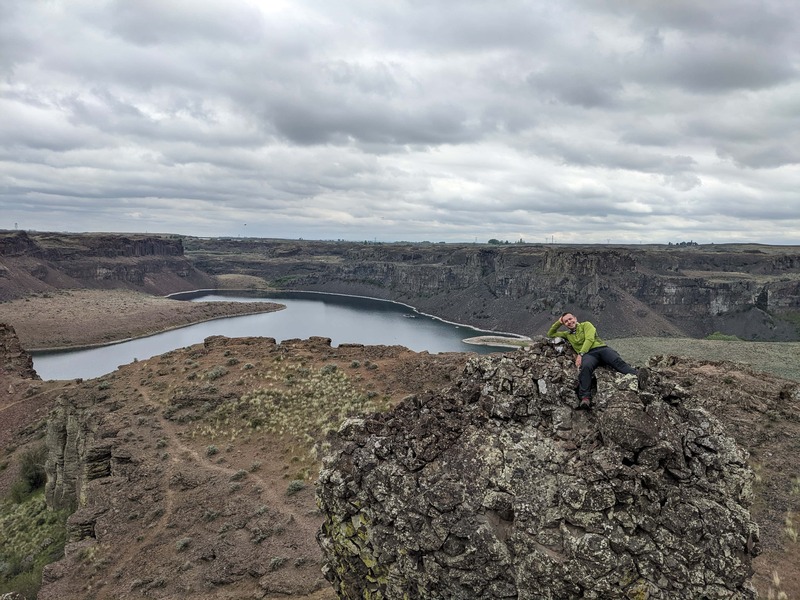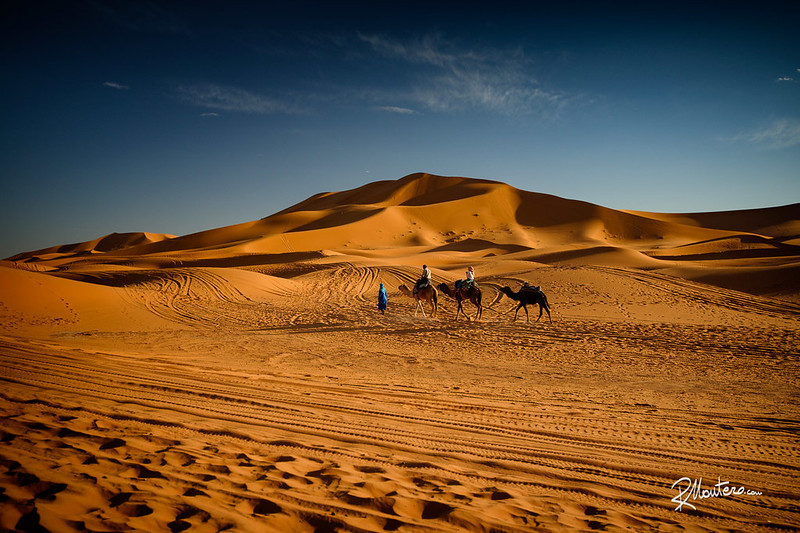This comprehensive guide provides everything you need to know about trout fishing in New Zealand. From the best locations to the latest techniques, we cover it all to help you plan your next fishing trip. Whether you’re a beginner or an experienced angler, you’ll find valuable insights and tips to improve your fishing skills and increase your chances of catching the big one. So, get ready to explore the stunning rivers and lakes of New Zealand and discover the joys of trout fishing like never before.
 Trout fishing is a popular pastime in New Zealand, attracting thousands of anglers every year to its stunning rivers and lakes. The country is known for its excellent trout fishing opportunities, with a variety of species and habitats to explore. In this comprehensive guide, we’ll cover everything you need to know about trout fishing in New Zealand, from the best locations to the latest techniques.
Trout fishing is a popular pastime in New Zealand, attracting thousands of anglers every year to its stunning rivers and lakes. The country is known for its excellent trout fishing opportunities, with a variety of species and habitats to explore. In this comprehensive guide, we’ll cover everything you need to know about trout fishing in New Zealand, from the best locations to the latest techniques.
Types of Trout in New Zealand
New Zealand has two main species of trout: brown trout and rainbow trout. Brown trout are the most common and are found in most of the country’s rivers and lakes. They are known for their aggressive feeding habits and can grow to be quite large, with some reaching over 10 pounds. Rainbow trout, on the other hand, are found in fewer places but are generally more brightly colored and have a distinctive pink stripe on their sides.
There are also a number of other trout species found in New Zealand, including brook trout and cutthroat trout, although these are less common.
Best Locations for Trout Fishing in New Zealand
New Zealand has no shortage of excellent locations for trout fishing, with rivers and lakes scattered throughout the country. Some of the best locations include:
Tongariro River
The Tongariro River is one of the most famous locations for trout fishing in New Zealand. Located in the central North Island, the river is home to both brown and rainbow trout and is known for its excellent fly fishing opportunities. The river is easily accessible, with a number of walking tracks and fishing spots along its length.
Lake Taupo
Lake Taupo is the largest lake in New Zealand and is also one of the best locations for trout fishing. The lake is home to both brown and rainbow trout, with some reaching impressive sizes. The lake is best fished from a boat, although there are also a number of shore-based fishing spots around the lake.
Nelson Lakes National Park
Nelson Lakes National Park is a beautiful location on the South Island and is home to a number of excellent trout fishing spots. The park is home to both brown and rainbow trout, with the clear waters of Lake Rotoiti offering some of the best fly fishing opportunities in the country.
Essential Equipment and Techniques for Trout Fishing in New Zealand
To be successful at trout fishing in New Zealand, it’s important to have the right equipment and techniques. Here are some essentials to keep in mind:
Equipment
Rods: For fly fishing, a 4-6 weight rod is best, while a 5-6 weight rod is ideal for spin fishing.
Reels: A reel with a good drag system is important to help you control the fish once hooked.
Lines: A floating line is best for most trout fishing, although a sinking line can be useful in deeper waters.
Flies: The most popular flies for trout fishing in New Zealand include nymphs, dry flies, and streamers.
Techniques
Fly Fishing: For fly fishing, it’s important to use a good casting technique to place the fly accurately. You’ll also want to use a slow, natural retrieve to mimic the movements of real insects.
Spin Fishing: For spin fishing, a fast retrieve with a spinner or lure is often effective. It’s important to vary the retrieve speed to find what the fish are biting on.
Local Regulations and Guidelines for Trout Fishing in New Zealand
Before you head out on your trout fishing adventure in New Zealand, it’s important to familiarize yourself with local regulations and guidelines to ensure you are fishing responsibly and sustainably.
Fishing Seasons
In New Zealand, the fishing season for trout runs from October 1st to April 30th. However, some rivers and lakes may have different opening and closing dates, so it’s important to check before you go.
Catch Limits
There are catch limits in place for trout fishing in New Zealand, which vary depending on the location and species. In most cases, anglers are allowed to keep two fish per day, with a minimum size limit of 30cm. However, some areas may have different limits, so it’s important to check before you fish.
Sustainable Fishing Practices
New Zealand is known for its clean and pristine waters, and it’s important to fish responsibly to help protect these habitats for future generations. Here are some guidelines to keep in mind:
Use barbless hooks to minimize harm to fish.
Handle fish gently and release them quickly and safely.
Avoid fishing in spawning areas during the breeding season.
Pack out all your rubbish and dispose of it responsibly.
Conclusion
Trout fishing in New Zealand is an experience like no other, with some of the most beautiful locations and challenging fish in the world. With the right equipment, techniques, and knowledge of local regulations, you can enjoy a successful and sustainable fishing trip. So, plan your trip to one of New Zealand’s stunning rivers or lakes, and discover the joys of trout fishing in this beautiful country.
